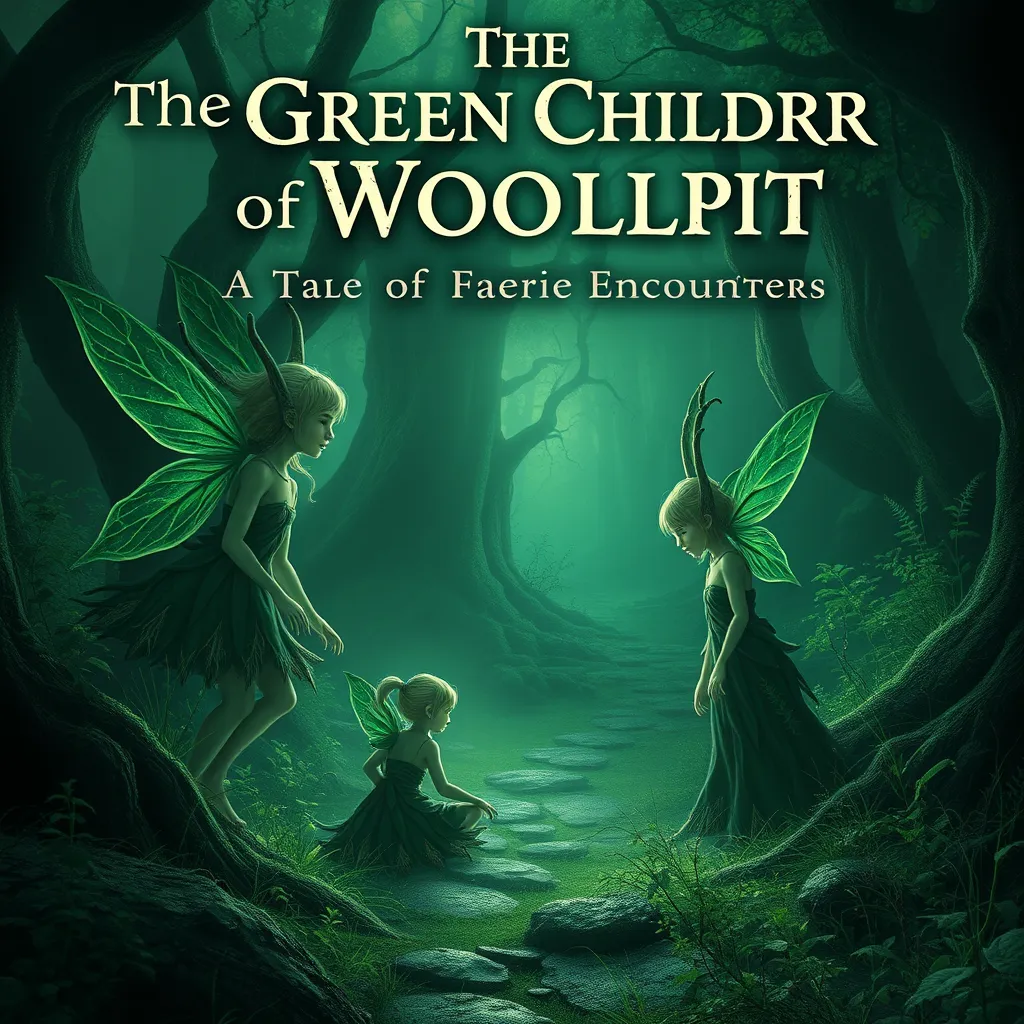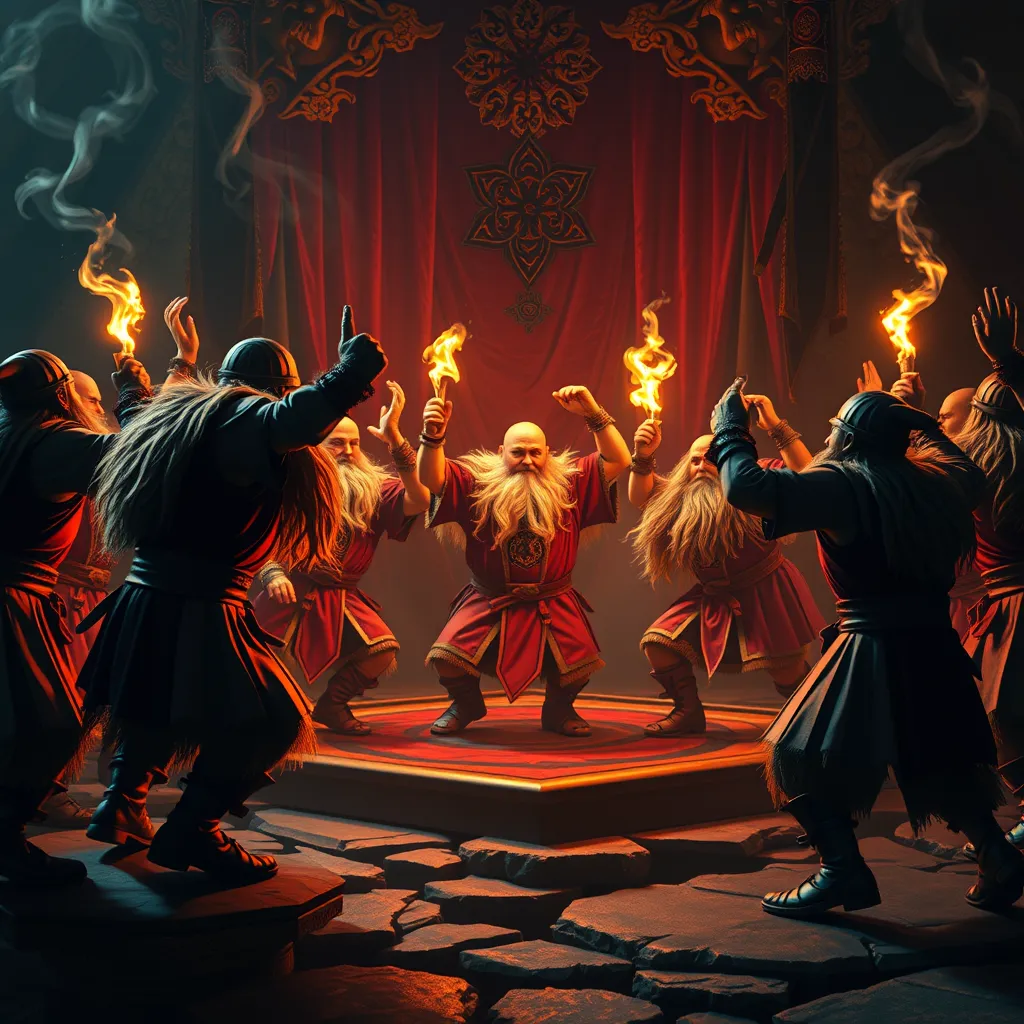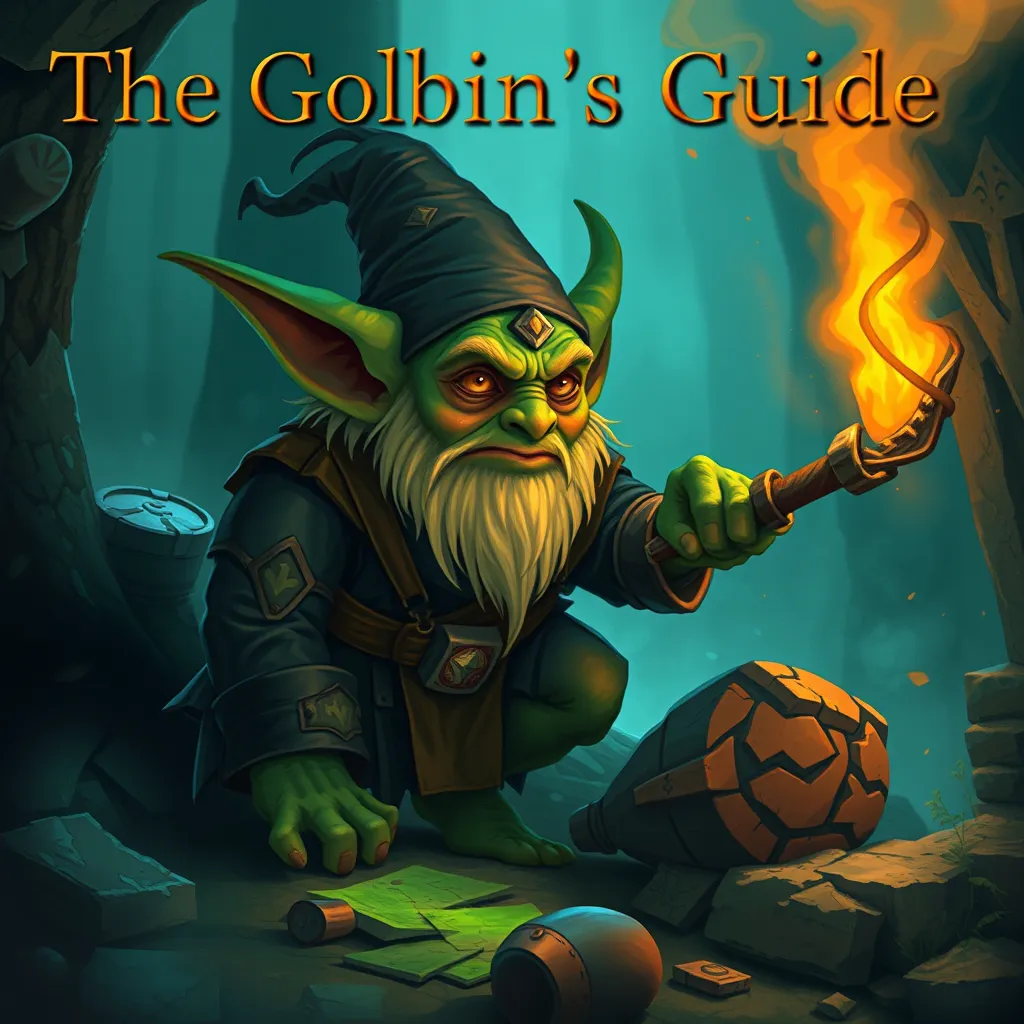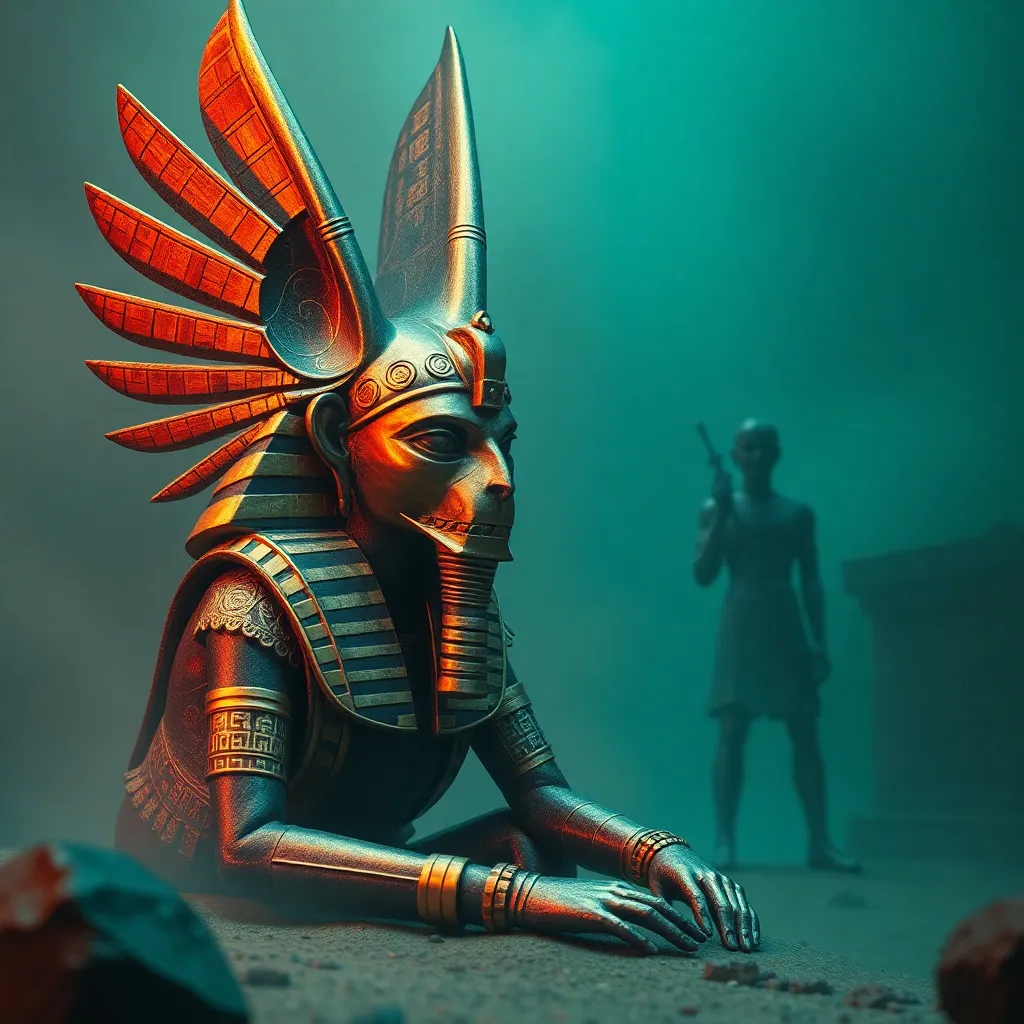The Green Children of Woolpit: A Tale of Faerie Encounters
I. Introduction
The legend of the Green Children of Woolpit is one of the most intriguing tales from medieval England, blending elements of folklore, mystery, and the supernatural. This story captivates the imagination, raising profound questions about our understanding of otherworldly encounters and the cultural beliefs of the time.
Folklore plays a crucial role in reflecting the values, fears, and hopes of a society. It serves as a lens through which we can examine the cultural milieu of past generations. The purpose of this article is to explore the Green Children legend, its historical context, and its implications on folklore and modern perspectives.
II. Historical Context
The village of Woolpit, located in Suffolk, England, is a small, rural community that dates back to the medieval period. It was during the 12th century, amidst the backdrop of feudalism and a deeply religious society, that the tale of the Green Children emerged.
The timeline of events concerning the Green Children is generally placed around the year 1130. Local chroniclers document the children’s arrival, marking it as a significant event that stirred the community. At this time, societal norms were heavily influenced by superstition and religious beliefs, with many people viewing the supernatural as an integral part of their daily lives.
III. The Appearance of the Green Children
The Green Children were described as two siblings, a boy and a girl, who exhibited striking physical characteristics. Most notably, their skin was green, which astonished the villagers. Their clothing was unusual and made of an unfamiliar material, further marking them as outsiders.
Upon their mysterious arrival in Woolpit, the villagers were initially taken aback. The children emerged from a wolf pit—a type of trap used for capturing wolves—which contributed to the eerie atmosphere surrounding their appearance. Villagers speculated about their origins, leading to a mix of fear and curiosity.
IV. The Children’s Story
The Green Children recounted a tale of their homeland, which they described as a place called “St. Martin’s Land.” They claimed that it was a realm of perpetual twilight, where everything was colored in shades of green. This description sparked intrigue among the villagers and fueled speculation about the nature of their existence.
The children spoke a language that was unknown to the villagers, which added to the mystique surrounding their origins. Through gestures and expressions, they communicated their plight, revealing a sense of fear and isolation. Their behavior was peculiar; they were timid and seemed bewildered by their new surroundings.
Their green skin color became a focal point in discussions about their identity. Some suggested it was a result of diet, possibly from eating unusual foods, while others proposed more fantastical explanations, linking it to faerie folklore.
V. Theories and Interpretations
Various theories have emerged regarding the origins and appearance of the Green Children. Historical explanations often point to malnutrition or genetic anomalies, suggesting that their green skin could have been a result of a rare medical condition.
- Malnutrition: Some experts theorize that the children may have suffered from chlorosis, a condition caused by dietary deficiency, leading to their greenish hue.
- Genetic Anomalies: Another theory posits that a genetic disorder could explain their unusual appearance.
On the other hand, folk and mythological interpretations abound. The tale of the Green Children is often linked to faerie folklore, a rich tradition in England where encounters with supernatural beings were common. Some believe the children were, in fact, faeries or beings from another realm.
VI. Cultural Significance
The Green Children have become symbols in folklore, representing the intersection of reality and the supernatural. Their story has had a lasting impact on local legends in Suffolk and beyond, often cited as an example of the mysterious and unexplained.
The tale has influenced literature and modern media, inspiring works that explore themes of otherworldly encounters and the nature of humanity. Writers and filmmakers have drawn upon the legend to create narratives that challenge our understanding of reality.
VII. Modern Perspectives
In contemporary culture, the Green Children continue to be a subject of fascination. They are often examined through the lens of folklore studies, where scholars analyze their significance in the context of modern beliefs and values.
The role of folklore in today’s society remains prominent, as people seek to connect with their cultural heritage and explore the mysteries of the past. The ongoing interest in faerie encounters reflects a desire to understand the boundaries between reality and the supernatural.
VIII. Conclusion
In summary, the tale of the Green Children of Woolpit is a fascinating exploration of folklore, mystery, and cultural beliefs. Their story encapsulates the enduring allure of the unknown and the ways in which humanity grapples with the supernatural.
The enduring mystery of the Green Children invites us to reflect on our perceptions of reality and the stories we tell to explain the inexplicable. As we consider the intersection of folklore and reality, we recognize that these tales, while rooted in the past, continue to resonate with us today.



